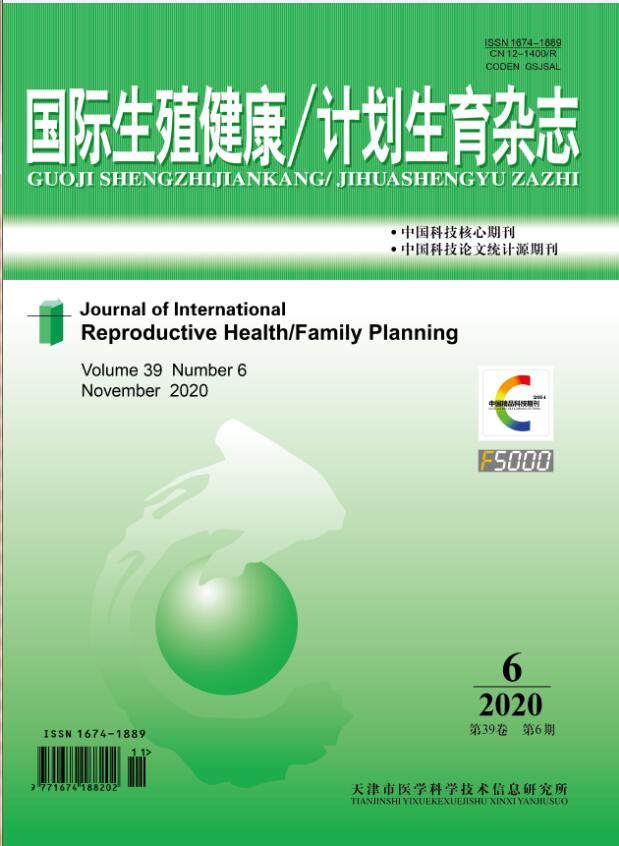|
|
The Effect of Apoptosis?鄄related Factors on Early Embryonic Development
YU Min;LI Hong;QUAN Song
2011, 30 (2):
99-103.
Apoptosis is closely related to early embryonic development. It is an major cause for arrest of embryonic development and failure of assisted reproductive technology(ART). Anti?鄄apoptosis factors have very important significance in promoting early embryonic development, improving embryonic quality and increasing ART achievement rate. Now review the mechanism of molecule regulation of apoptosis, factors inducing apoptosis, and recent studies of several important anti?鄄apoptosis factors, such as factors regulating gene expression of apoptosis, growth factors, antioxidants, Sphingosine 1?鄄phosphate, leptin, prostacycline, osteopontin and heat shock protein, in promoting early embryonic development.
Related Articles |
Metrics
|

